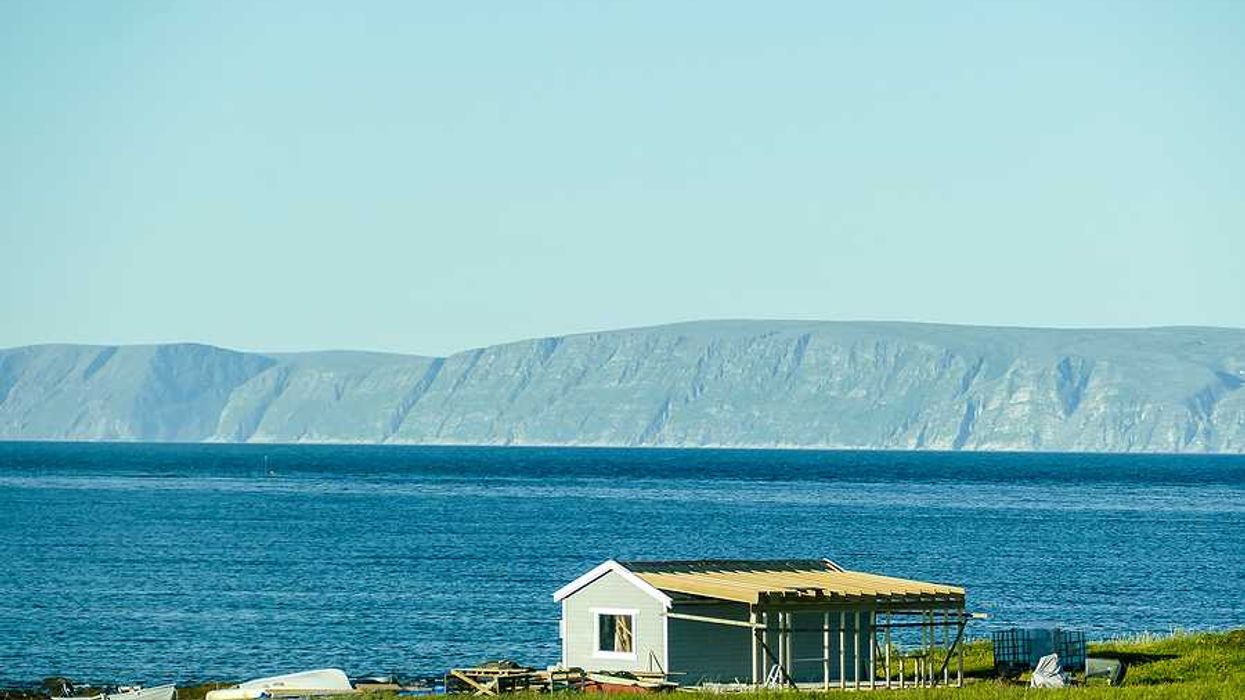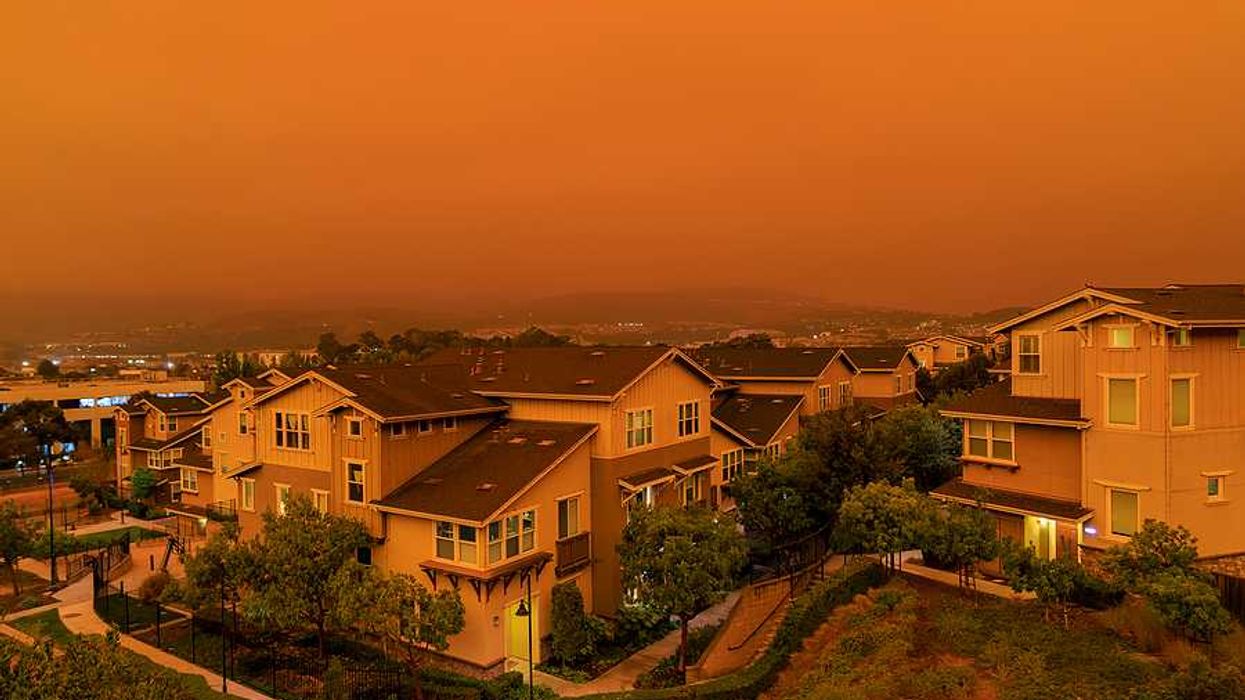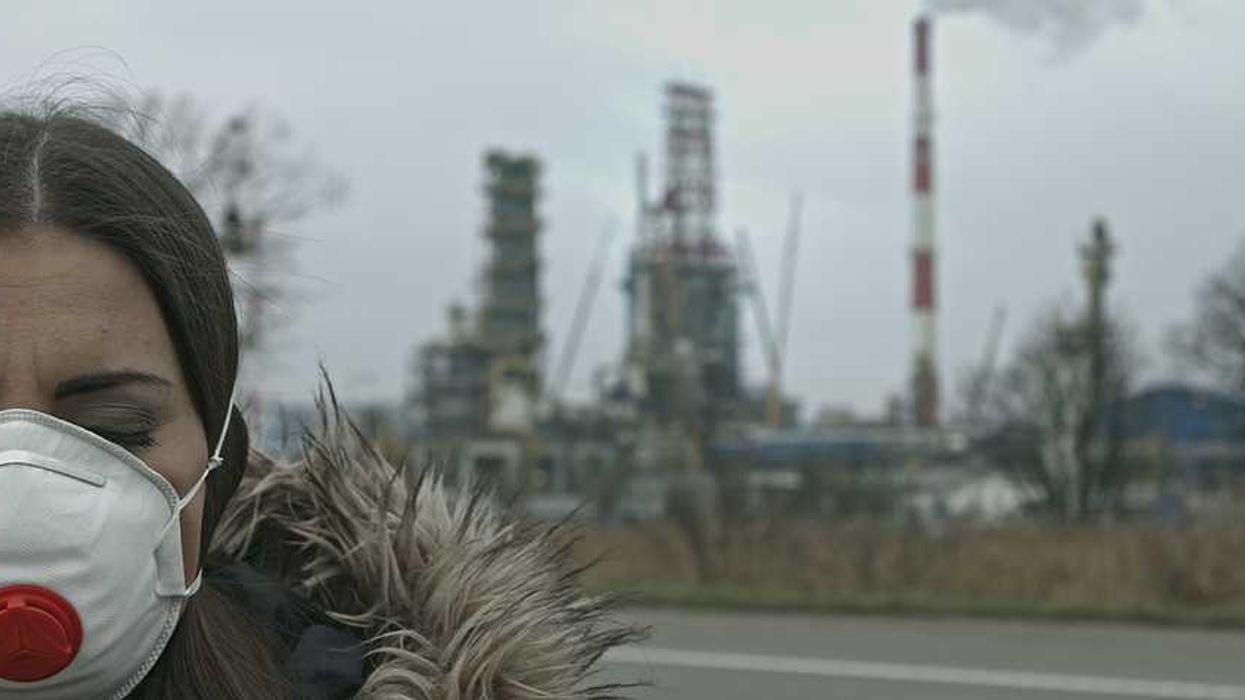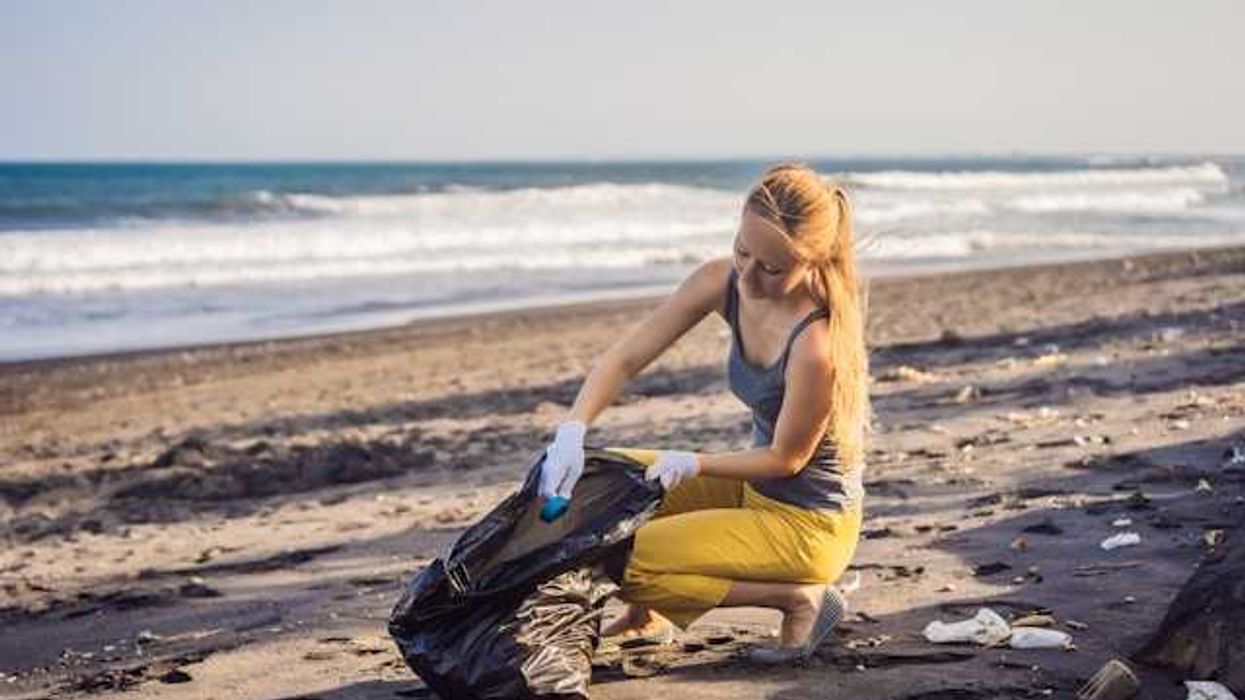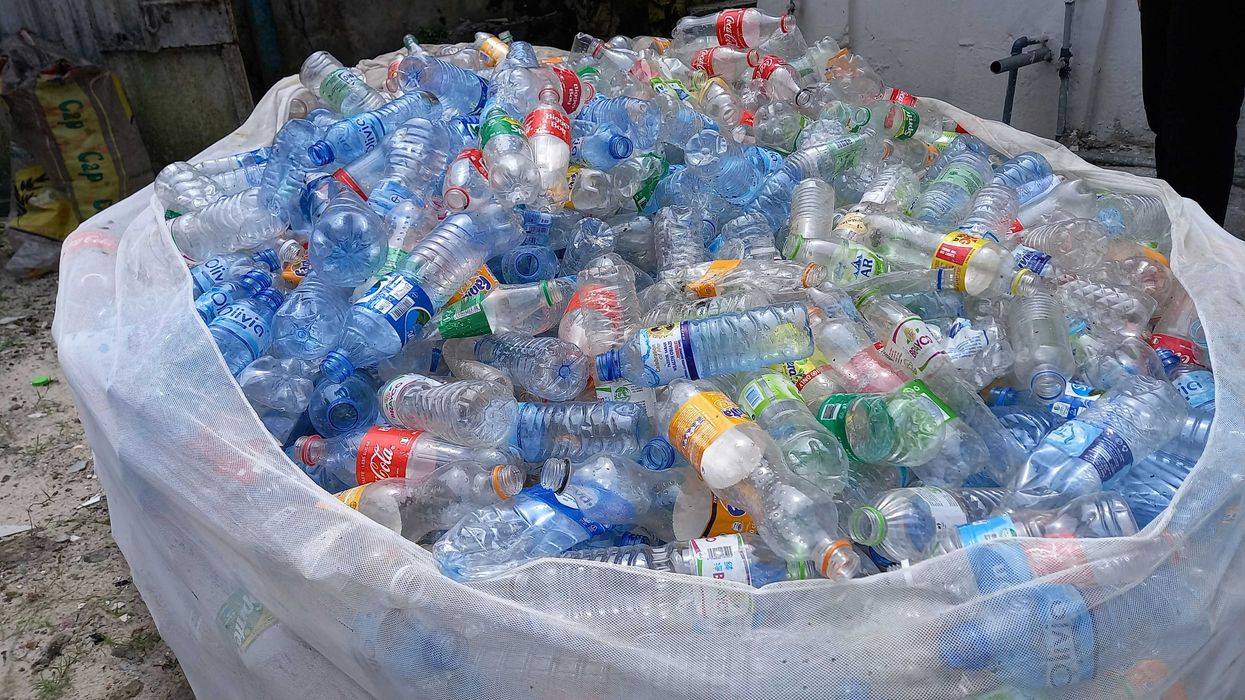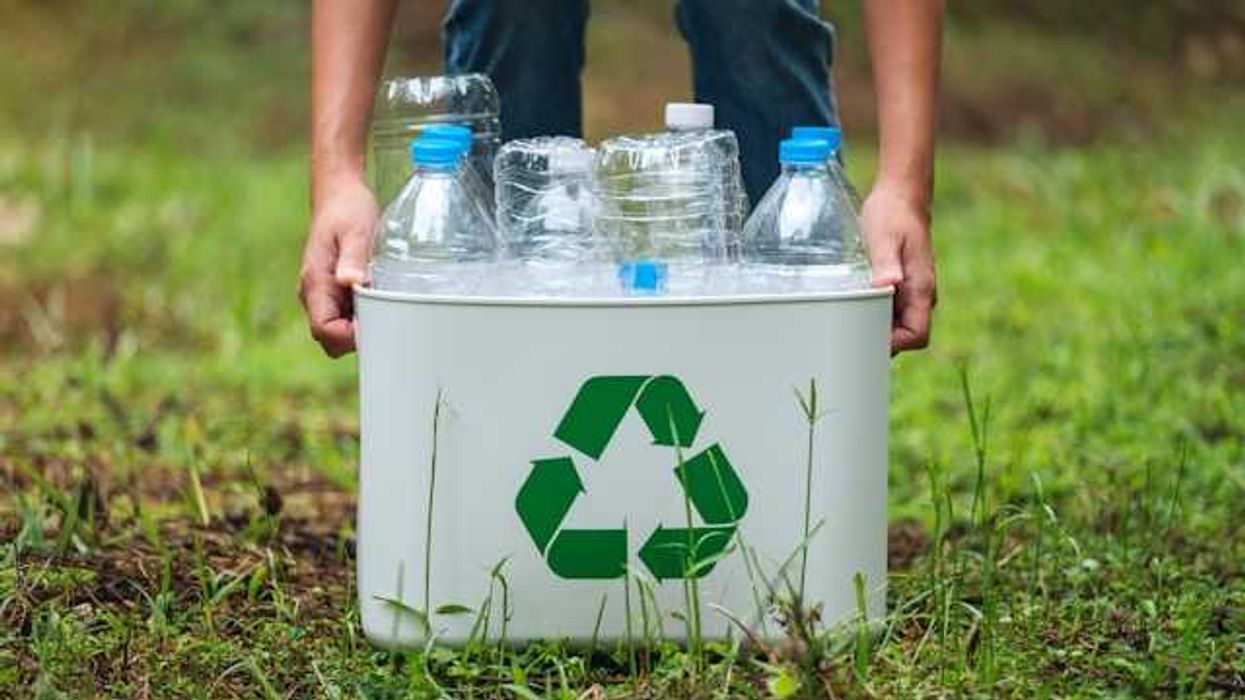President Trump toured a new migrant detention facility deep in Florida’s Big Cypress National Preserve, drawing sharp criticism from environmentalists, Native American tribes, and local officials over its location in the fragile Everglades ecosystem.
Amy Green reports for Inside Climate News.
In short:
- The facility, nicknamed “Alligator Alcatraz,” was built in just eight days and sits partly within a protected area of the Everglades, home to endangered species and tribal communities.
- Environmental groups have filed a federal lawsuit alleging the project violated laws requiring environmental impact assessments and bypassed public review.
- State and federal officials claim the site uses preexisting infrastructure and temporary structures, but critics argue the scale of the project poses a serious ecological threat.
Key quote:
“The Miccosukee Tribe of Indians of Florida is opposed to the proposed facility, given the impacts on the Big Cypress and Tribal communities living within it.”
— Talbert Cypress, tribal chairman
Why this matters:
The Everglades is one of the most ecologically important wetlands in the U.S., supplying drinking water to millions and sustaining rare wildlife found nowhere else. Decades of drainage, development, and pollution have already degraded the system, prompting one of the world’s largest environmental restoration efforts. Building a large detention facility in Big Cypress — part of the broader Everglades — risks undermining that work. The site’s location also touches on longstanding tensions over land rights, especially for the Miccosukee and Seminole Tribes, who consider the area sacred. Without proper environmental review, such projects could accelerate ecosystem decline and erode the protections meant to guard against short-term political decisions with lasting ecological damage.
Related: Everglades expedition uncovers widespread pollution in remote areas


